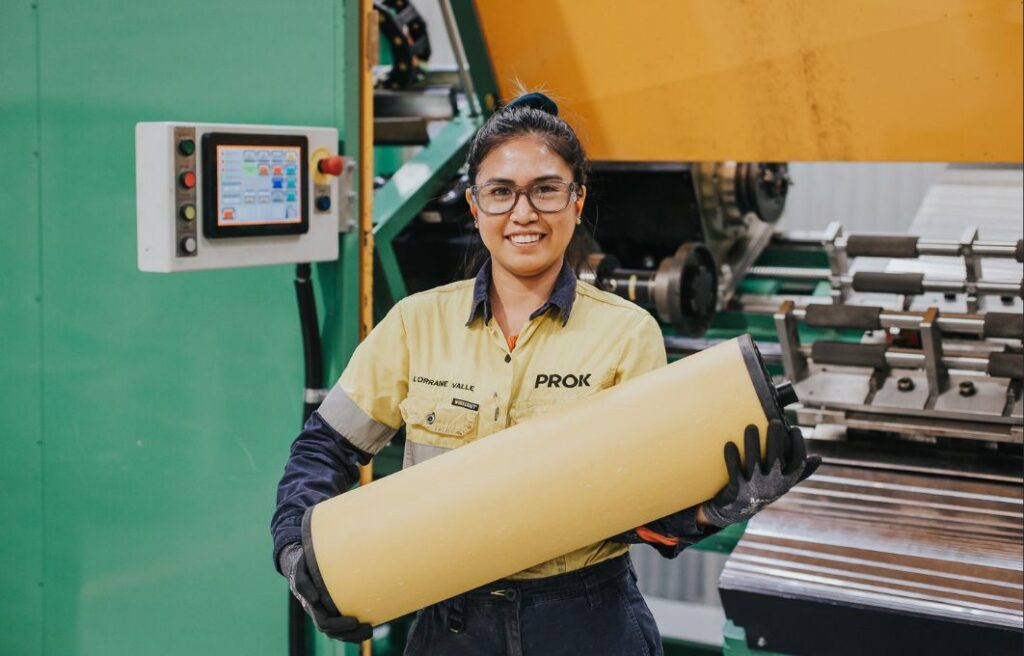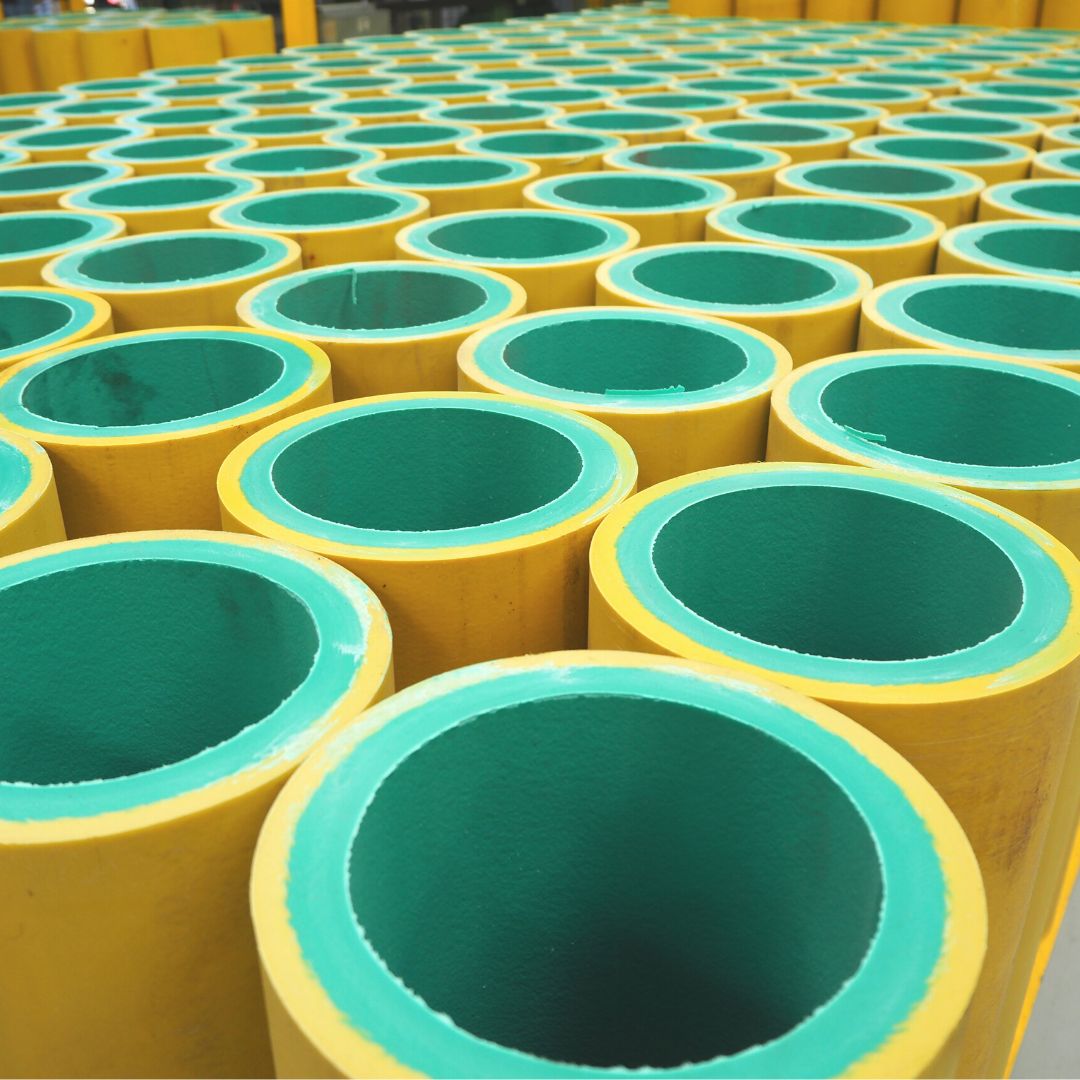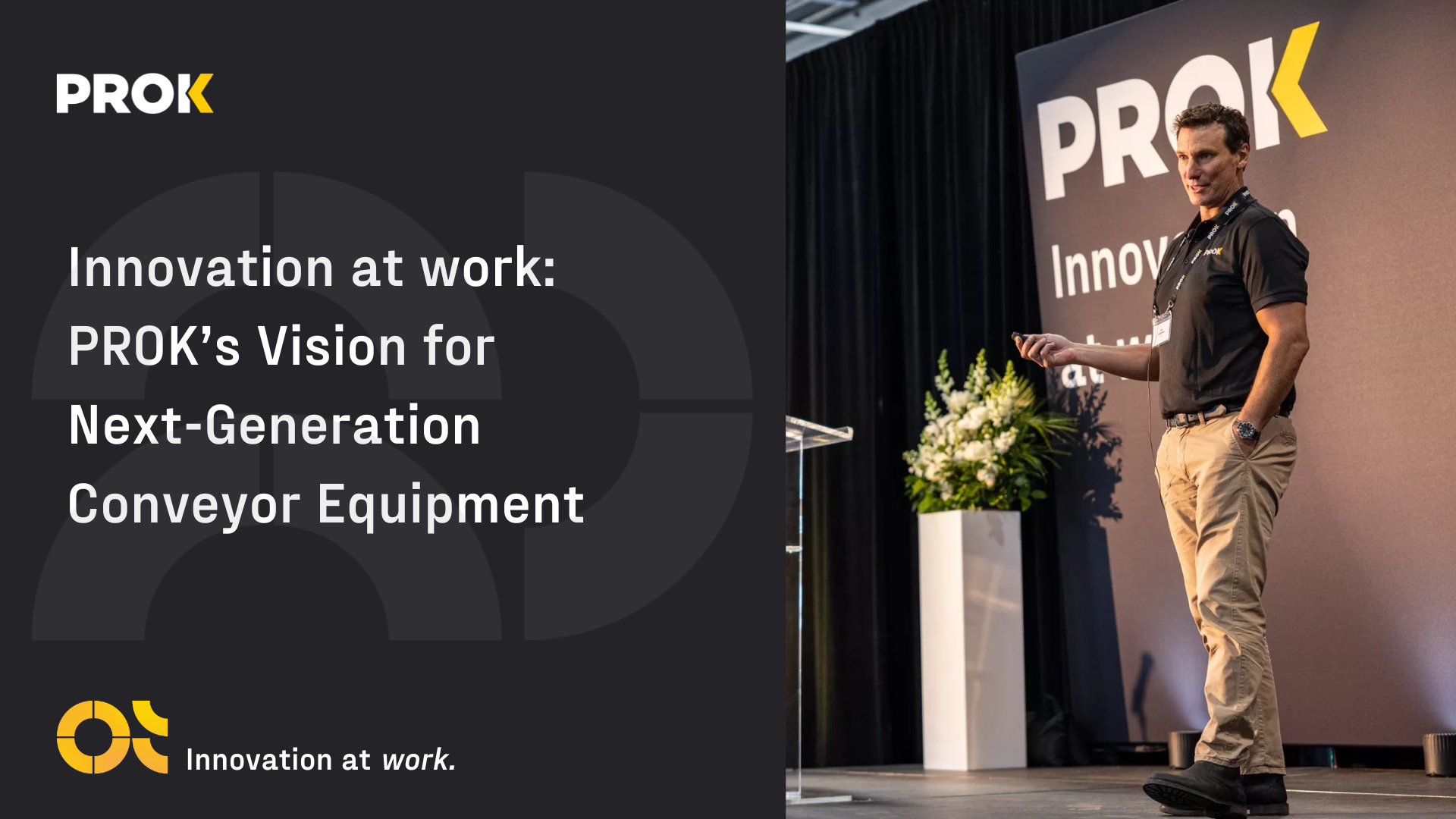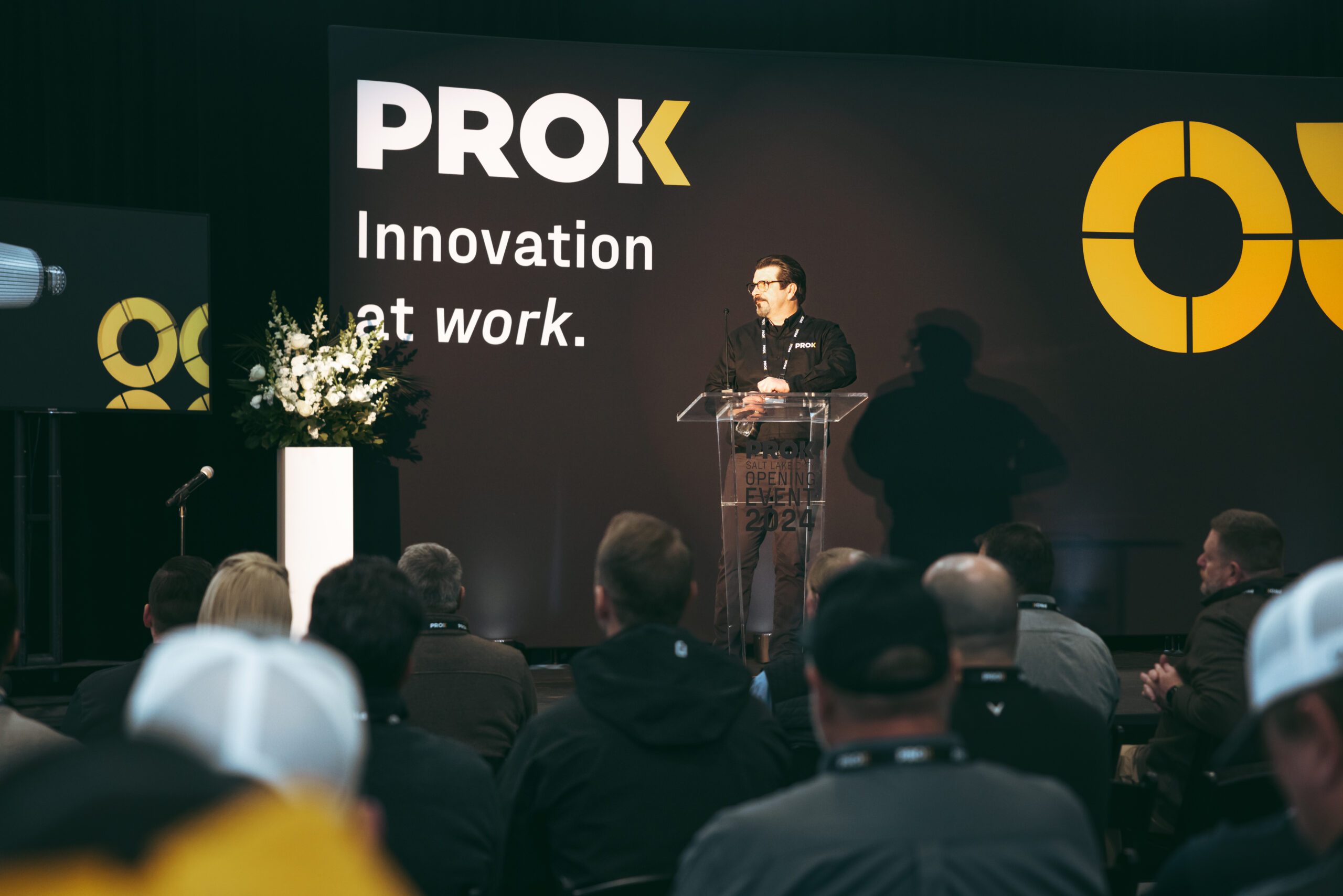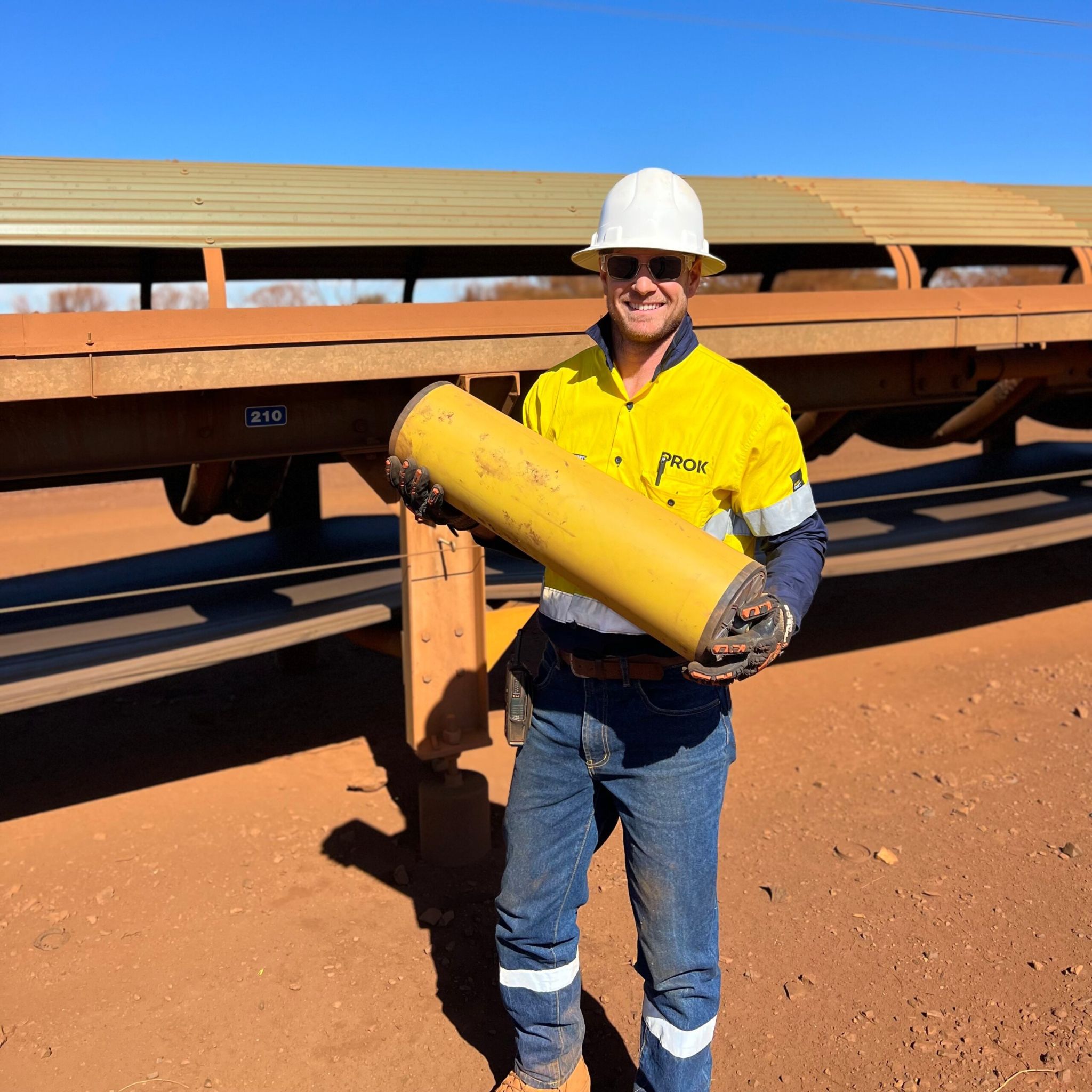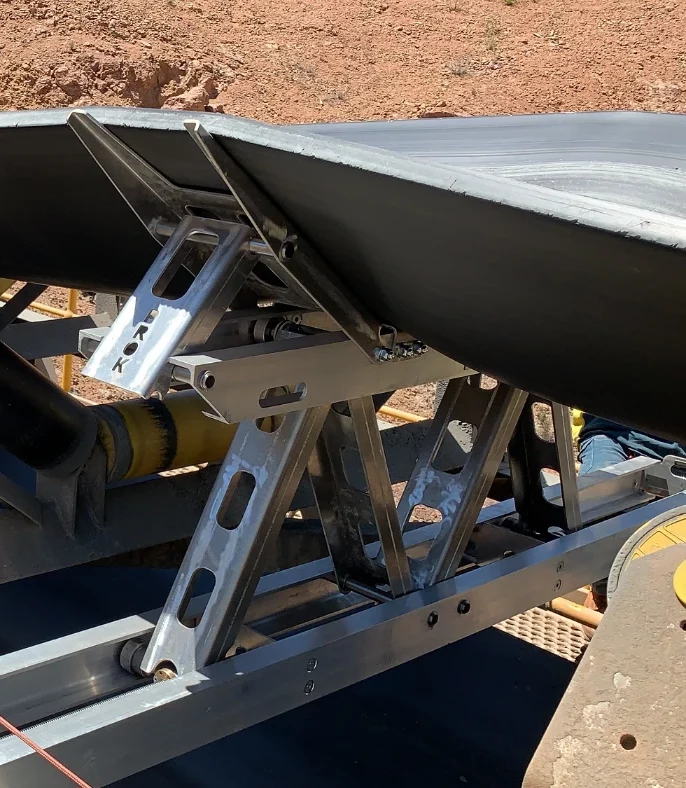A lot of time, money and manpower is invested to keep a conveyor system running efficiently. A big part of this is dedicated to conveyor roller maintenance.
Mining companies are faced with the task of changing out dozens of rollers on any given day, and sometimes this is done without knowing whether the roller has reached the point of potential failure.
What if there was a solution that provided maintenance teams with a better of understanding of how much wear the roller has experienced and could make conveyor roller maintenance easier?
Understanding wear on composite conveyor rollers
Currently it is very difficult to know how much, and the type of wear that a roller has experienced.
Excessive wear can be an indicator of up-stream conveyor issues such as excessive carry-back or burden overflow.
In particular, return rollers are exposed to high levels of carry-back (dirty side of the belt) resulting in excessive wear, which is the second most common failure mode for return rollers after poor sealing.
Predictive maintenance to reduce costs
Adopting effective predictive maintenance strategies allows teams to anticipate impending failures and plan accordingly, in turn reducing costs.
Predictive maintenance when applied to roller changeouts reduces the need for unscheduled shutdowns. Knowing the appropriate time to schedule in a shutdown or roller changeout has huge benefits for mining companies.
Another benefit is reduced damage to the belt, as maintenance teams can execute maintenance tactics prior to failure.
World first wear indicator technology
In a world first, PROK has introduced new visual wear indicator technology to the market which assists mining companies to improve their maintenance planning.
The Original PROK yellow tube combines with a green inner layer to act as a visual wear indicator for maintenance teams so they can better plan their roller changeouts.
This innovative feature will help mining companies to simplify idler maintenance and reduce costs.
The co-extruded HDPE tube changes colour after 5mm of wear, allowing maintenance and scheduling teams the ability to identify worn rollers, localised wear and in turn upstream conveyor issues such as excessive carry-back or burden overflow contacting the roller.
The visual indicator enables the implementation of intelligent scheduling strategies. It provides indications of potential problematic areas should a roller wear quickly and show the wear indicator.
In the Pilbara, Western Australia, a major mining client in 2021 made the switch to PROK HDPE. After a few months, an isolated roller began to exhibit signs of wear, serving as a critical indicator of a potential anomaly within the system. This issue could then be promptly resolved by their engineering team.
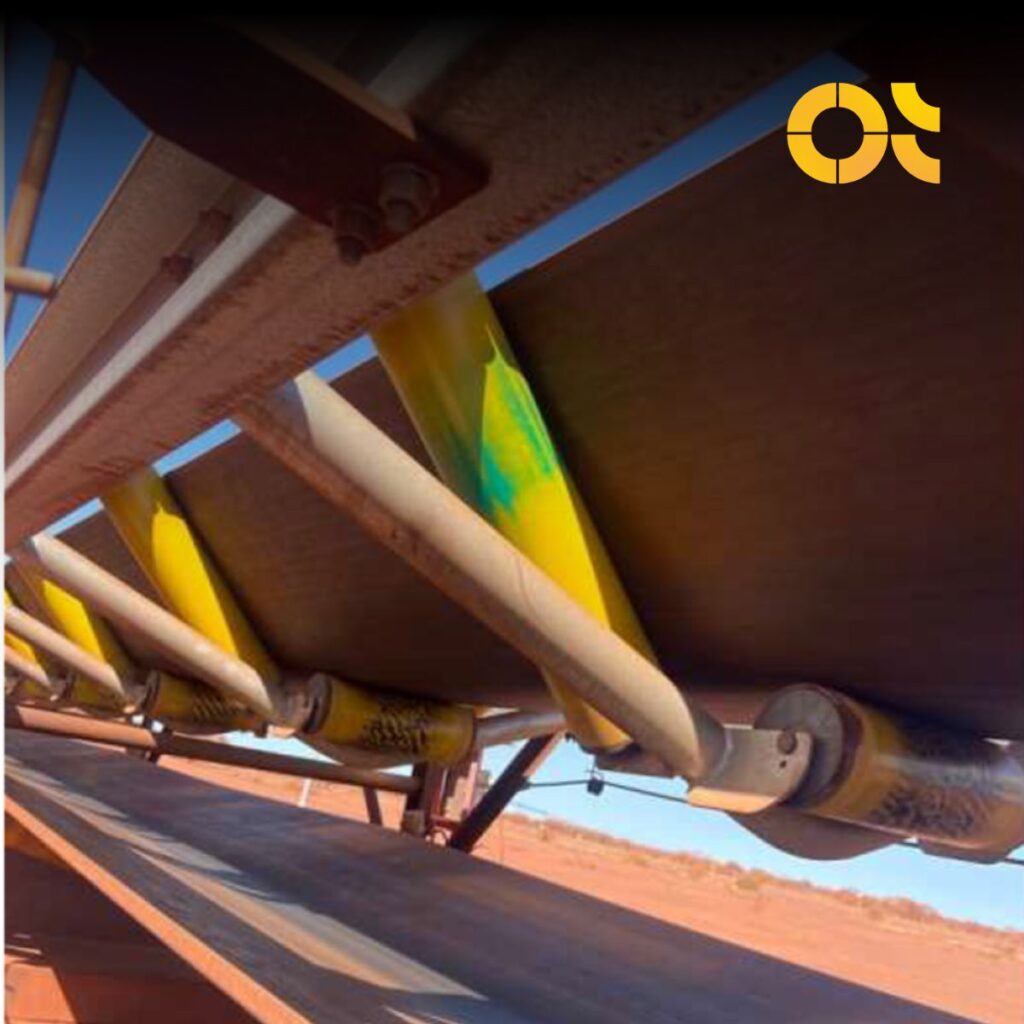
Isolated PROK HDPE showing signs of wear on a conveyor system in the Pilbara, Western Australia.
Lightweight and belt friendly
Incorporating a lightweight conveyor roller is important for ease of changeouts, significantly reducing health and safety risks associated with manual handling heavy steel rollers.
PROK HDPE on average is 33% lighter than steel alternatives, meaning maintenance personnel can quickly and safely execute roller change outs.
The non-metallic HDPE tube also significantly reduces the likelihood of excessive damage to the belt when a failure does occur, meaning less interruptions to production and unscheduled downtime.
